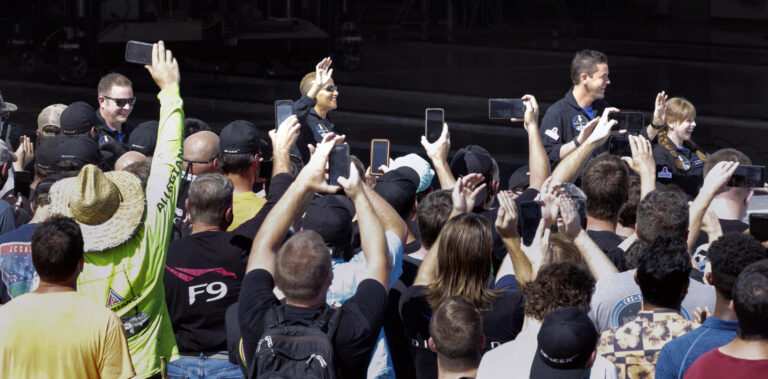
A new era of space travel blasted off from Kennedy Space Center on Wednesday night with the launch of the all-civilian crew aboard a SpaceX Crew Dragon.
The four members of the Inspiration4 mission rode in what is only the fourth trip for a Crew Dragon with humans on board after its first three missions ferrying astronauts to the International Space Station. This is the first time any craft in 60 years of space travel has flown without at least one professional astronaut on board.
The Crew Dragon Resilience bore the quartet atop a Falcon 9 rocket that lifted off from KSC’s Launch Pad 39A at 8:02 p.m. Eastern time, lighting up the night sky along the Space Coast.
The crew met with SpaceX founder Elon Musk before leaving the private company hangar at KSC just before 4 p.m. to a crowd of waving fans, and said goodbye to their families.
The quartet then hopped into special Teslas for a trip to the Falcon support building where they suited up before arriving to the launch pad just before 5 p.m.
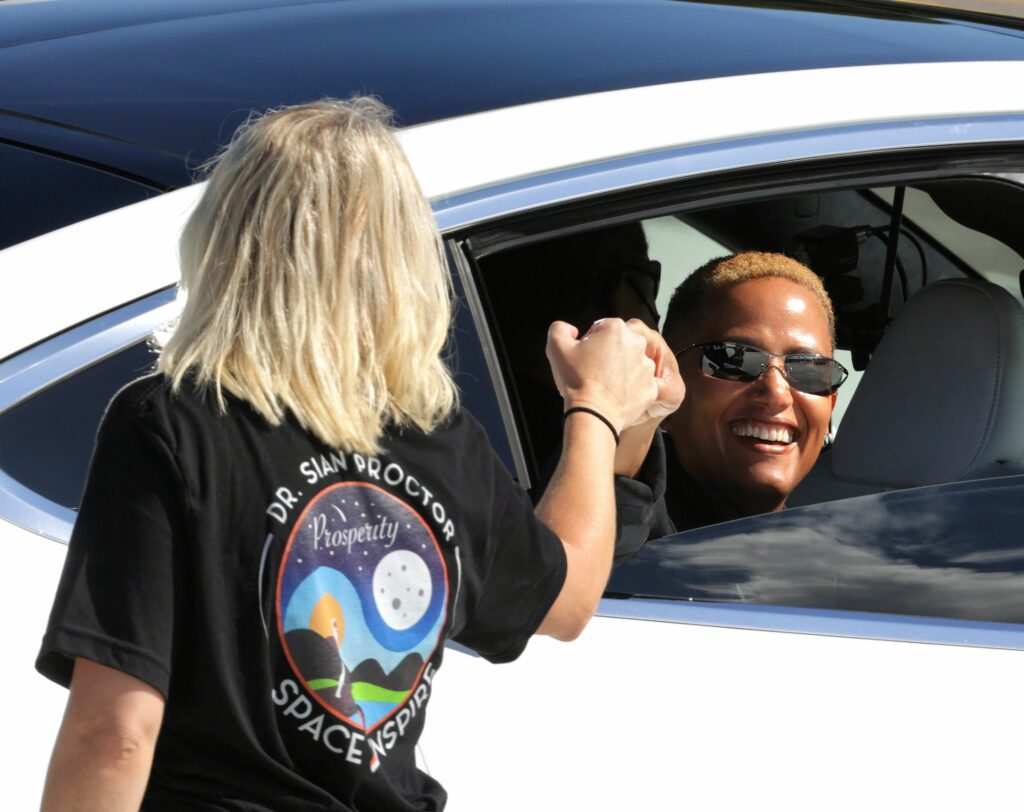
The flight is targeting three days in space but could go longer. Splashdown depends on weather conditions in one of seven locations off the coast of Florida in either the Atlantic Ocean or the Gulf of Mexico. A decision on the landing time and location will come closer to the end of the flight.
Footing the bill for the flight for an undisclosed sum is 38-year-old billionaire businessman Jared Isaacman, who readily admits the space trip is a dream come true. He said he didn’t want the other three seats on board to go to “fishing buddies” when he got the chance to cut the deal with SpaceX.
Instead, he offered up one seat to a woman who survived childhood cancer and now works at the hospital where she was treated, another to one of the thousands who donated to a fundraiser for that hospital, and a final seat for an entrepreneur who made a pitch on social media why she should be chosen to go into space.
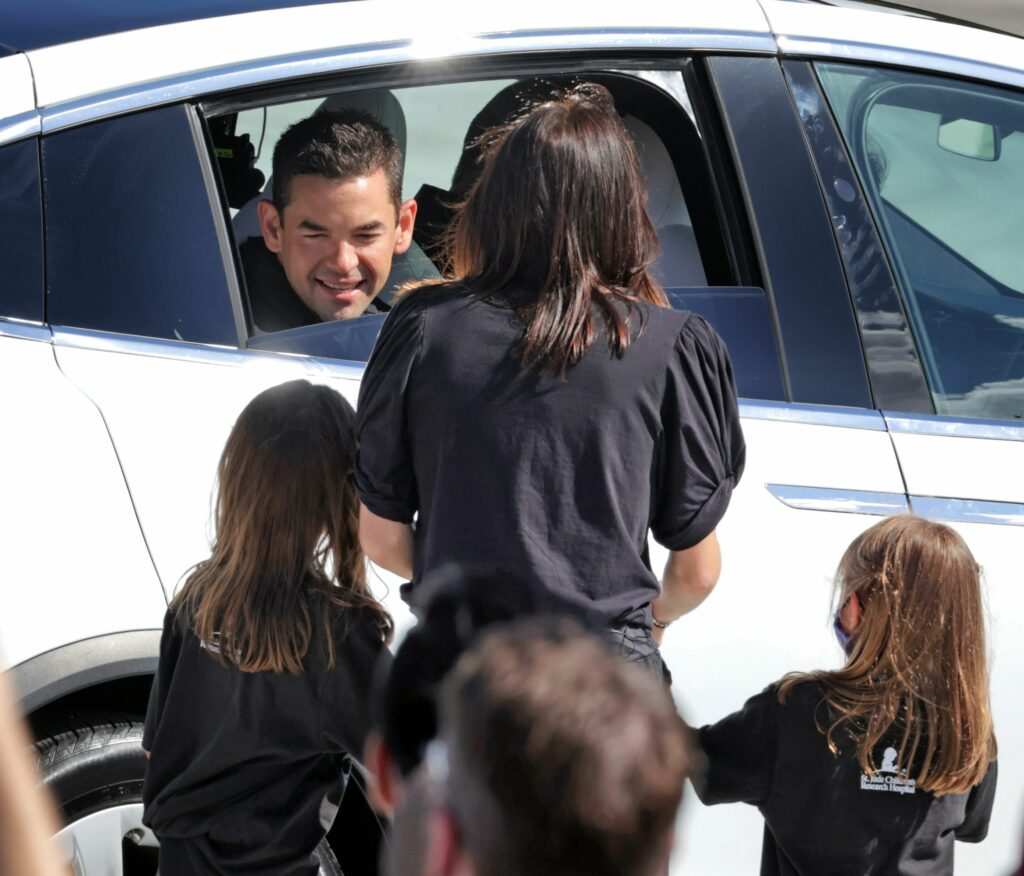
“We understand the significance of this mission. We understand how lucky and fortunate we are,” Isaacman said. “We try to be very thoughtful on our approach on this to hopefully set the standard for other missions to follow, and that in our mind is a lot about the responsibilities we have here on Earth in addition to what we hope can be achieved in space.”
Embracing the debate about whether billionaires should spend money for the betterment of society as opposed to space tourism, Issacman has angled the mission to accomplish both, by attempting to raise $200 million for the St. Jude Children’s Research Hospital based in Memphis, Tennessee, and he decided to bring as his crewmates three people that fit into what he’s deemed to be four pillars of inspiration: leadership, hope, generosity and prosperity.
Isaacman fulfills the role of leadership and will be crew commander.
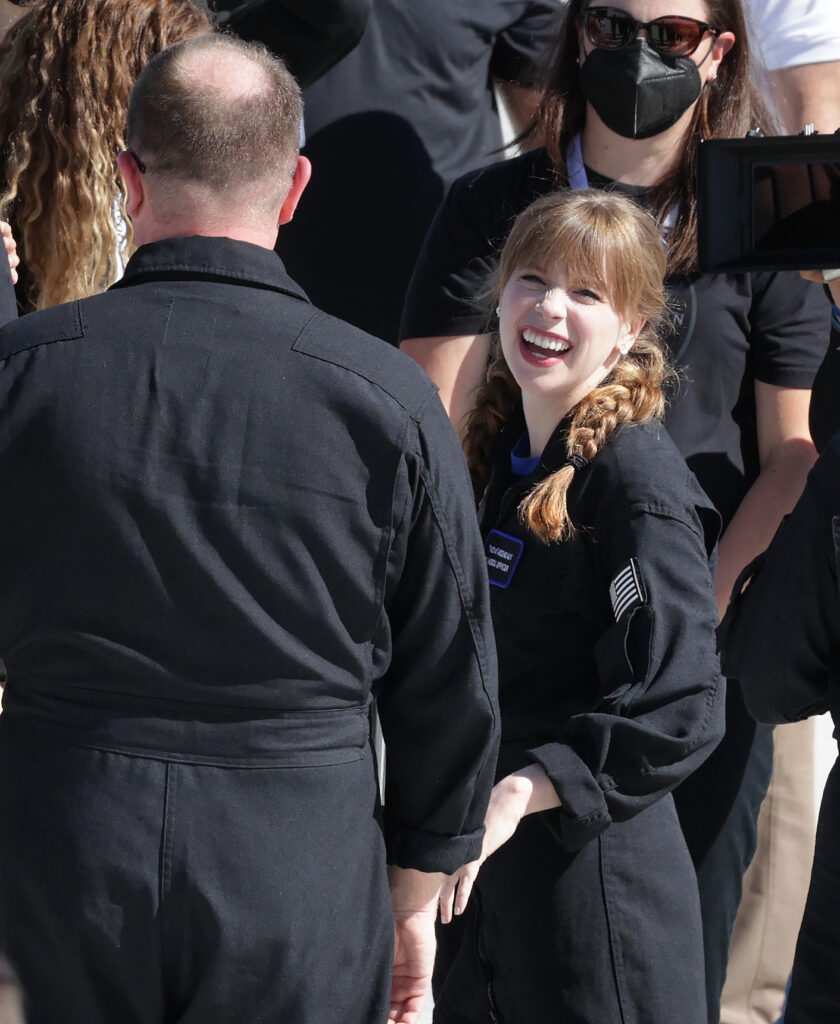
For hope, he awarded a seat to 29-year-old Hayley Arceneaux, a physician’s assistant at St. Jude, but also a former patient. Arceneaux survived bone cancer at age 10, and lost a good portion of her thigh bone, replaced with a titanium rod. She will become the youngest American to fly into orbit, surpassing then 32-year-old Sally Ride, and also the first person with a prosthesis. She has the role of medical officer.
“I never thought I’d be sitting here in front of a rocket about to go off into space,” Arceneaux said. “I am so thankful for my journey with cancer because it gave me a love for life — just a zest for life and a confidence to say yes to opportunities and because of my cancer, knowing that I’m sitting here today getting to represent all these other kids, this is the biggest honor of my life.”
The seat awarded for generosity went to Chris Sembroski, 42, who donated to St. Jude after news of the chance to win a seat on board spread from a commercial during this year’s Super Bowl. The Air Force veteran and Lockheed Martin employee didn’t win, but a friend did, who then gave Sembroski the winning seat. He’s been given the role of mission specialist, helping accomplish several science experiments planned during the voyage, but also on tap to play his ukulele during the mission, which will then be auctioned off to raise more money for the hospital.
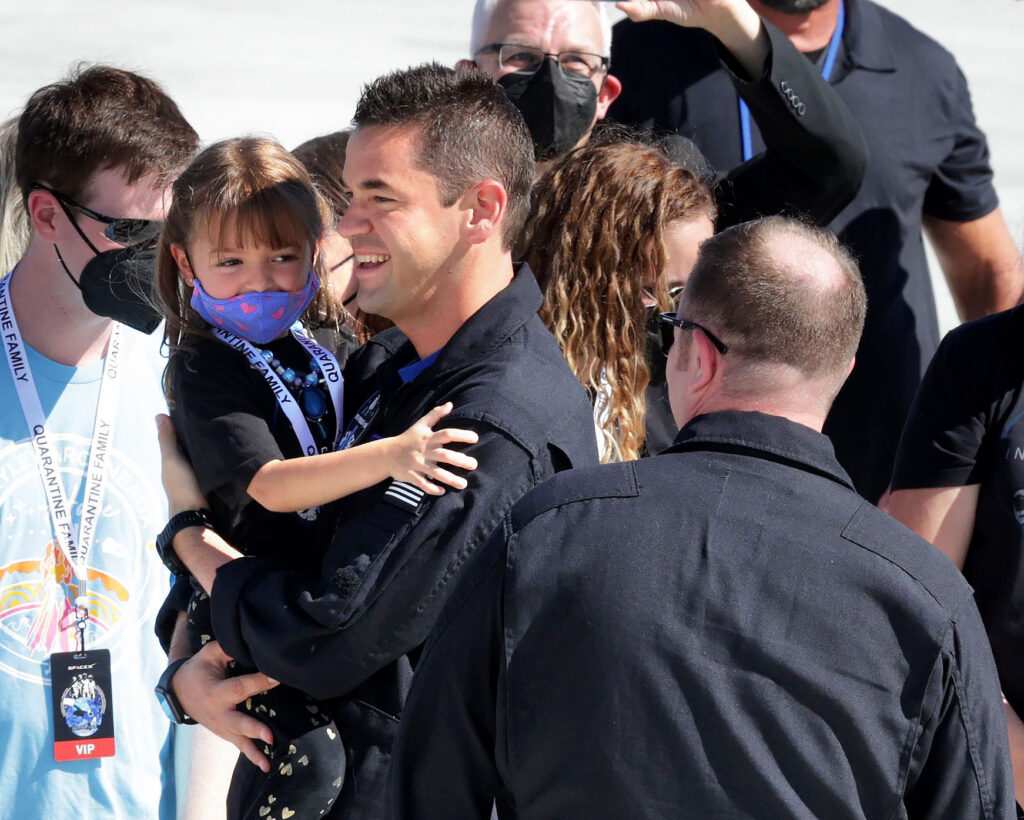
“It’s going to be fun, like an extended camping trip. you know you’re in a camper van with some of your closest friends for three days,” Sembroski said. “You roll out the sleeping bags at night just like any other camping trip, and just strap yourself in so you don’t float into each other during the middle of the night.”
The final seat for prosperity went to Sian Proctor, 51, who was among about 200 people who made pitches to Issacman’s company on Twitter promising to bring artwork and poetry into space. Proctor, though, has some serious space chops, having once been an astronaut finalist for NASA, and is a former geology instructor and current community college professor. She’s been given the title of pilot for this mission.
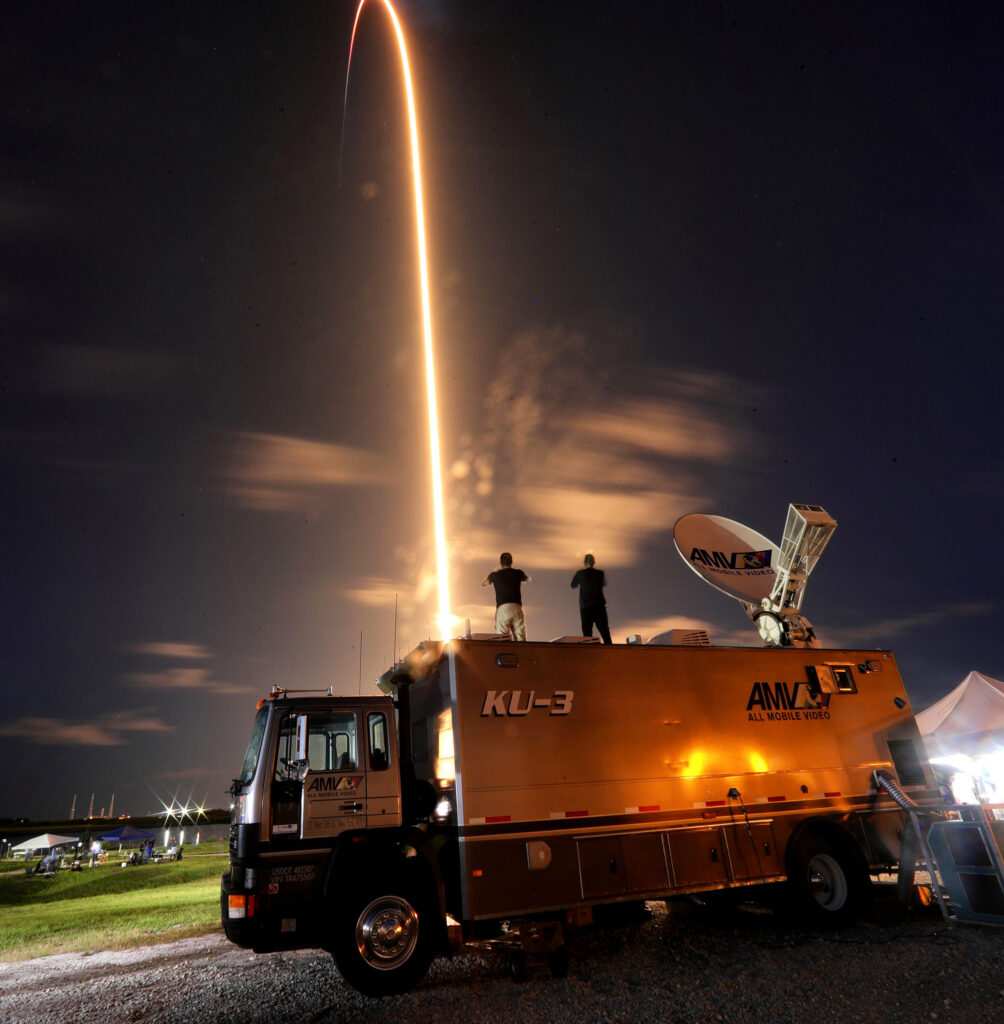
“It’s really special for me to hold that title because I’m going to be the first Black female pilot of a spacecraft,” Proctor said. “There have been three Black female astronauts that made it to space, and knowing that I’m going to be the fourth, means that I have this opportunity to not only accomplish my dream but also … inspire the next generation of women of color and girls of color and really getting them to think about reaching for the stars and what that means.”
The flight is taking place on the Crew Dragon Resilience, the same capsule that flew to the ISS for the Crew-1 mission, and orbit the Earth at nearly 360 miles, an altitude not used since the Space Shuttle’s Hubble Space Telescope servicing missions.
___
© 2021 Orlando Sentinel Distributed by Tribune Content Agency, LLC
0 comments :
Post a Comment